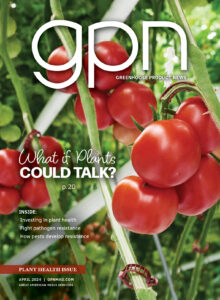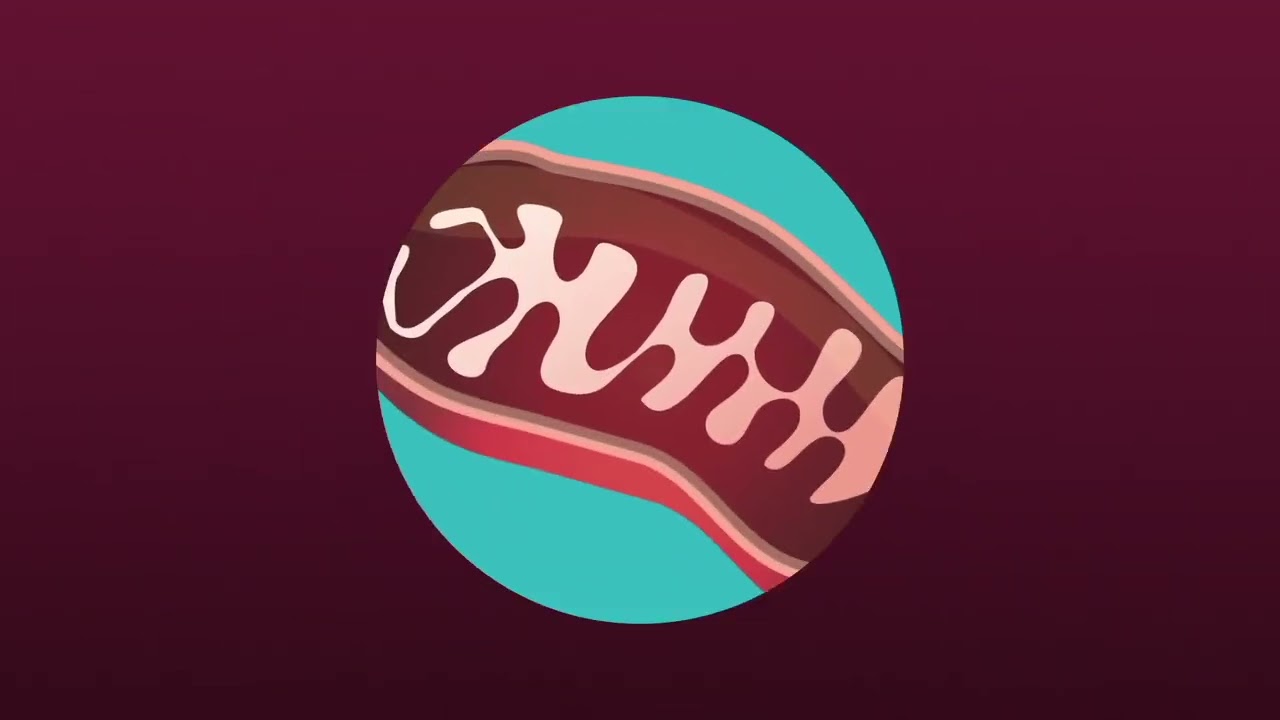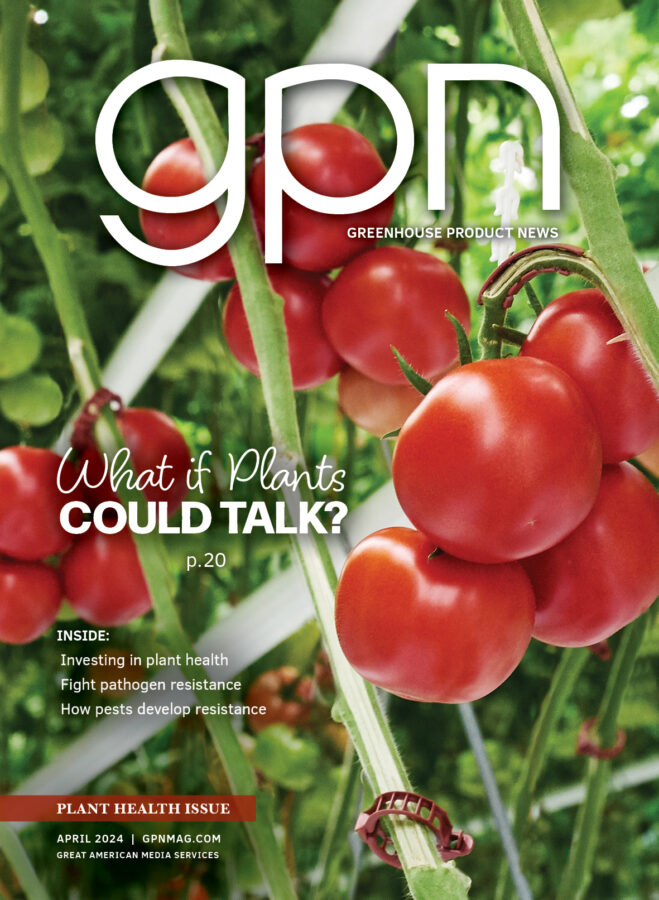LED Fixture Efficacy: A 2020 Update
Light-emitting diodes (LEDs) have come a long way in the past decade. The prices for LEDs have come down, their output has greatly increased, and their efficacy (energy efficiency) has dramatically improved. Back then, we didn’t discuss fixture efficacy and with rare exceptions, the prices were just too high
for large-scale commercial application.
In 2014, we communicated the efficacy of LED fixtures that were then on the market. This marked the beginning of our use of the term fixture efficacy, which is the amount of photosynthetic light emitted (micromoles of photons per second, or μmol·s–1) divided by the amount of energy consumed (watts, which equals joules per second, or J·s–1). The resulting unit is micromoles per joule, or μmol·J–1. The most efficient LEDs in 2014 were as efficient as the most efficient conventional lamp, the double-ended 1,000- watt high-pressure sodium (HPS).
In October 2018, the Design Lights Consortium (DLC) published technical requirements for a horticultural lighting fixture to become qualified and included in their Horticultural Lighting Qualified Products List (QPL). Qualified products are usually eligible for energy efficiency incentives and rebates from utility companies throughout the U.S. and Canada. Among the minimum qualifications are a 5-year warranty, photosynthetic light maintenance of at least 36,000 hours, and a minimum efficacy of 1.9 μmol·J–1.
As we enter 2020, there are already more than 50 LED products on the DLC Horticultural Lighting QPL. The spectrum, amount of emitted light, and efficacy vary widely among fixtures. Some of the products primarily intended for high-intensity greenhouse lighting applications are listed in Table 1. A full list of products, including ones primarily for indoor lighting, as well as additional details, are available on the DLC website at www.designlights.org/horticultural-lighting. Information about each fixture was generated by accredited laboratories and thus is unbiased.
The photosynthetic photon flux refers to the amount of light emitted per fixture, and for those in Table 1, varies from 766 to 1,636 μmol·s–1. All of these fixtures include white LEDs. Ones that emit a low percentage of green light (less than 10%) indicate that there are relatively few white LEDs per fixture, and the light emitted will appear pink to us. Those with a higher green light percentage indicate a higher percentage of white LEDs per fixture and thus, the light will appear whiter. While all of the DLC-listed fixtures are more efficient than HPS fixtures, their efficacy varies considerably, by as much as 50%. Clearly, there are a lot of differentiators among LED products for plant applications.
Although LEDs have become much more economically viable, growers are still encouraged to compare purchase and operation costs with HPS fixtures, especially for tall greenhouses, where 1,000-watt double-ended HPSs can be used. These lamps emit a photosynthetic photon flux of around 1,840 μmol·s–1 and have an efficacy between 1.7 and 1.8 J·s–1. Therefore, it usually takes more than one LED fixture to match the light output of this 1,000-watt HPS fixture. However, the most efficient LEDs available now are over 50% more effective than these HPS fixtures, making LEDs compelling when electricity prices are high and/or when lighting is needed more than a few months of the year. The availability of utility rebates can also sway investment decisions.


 Video Library
Video Library 




















